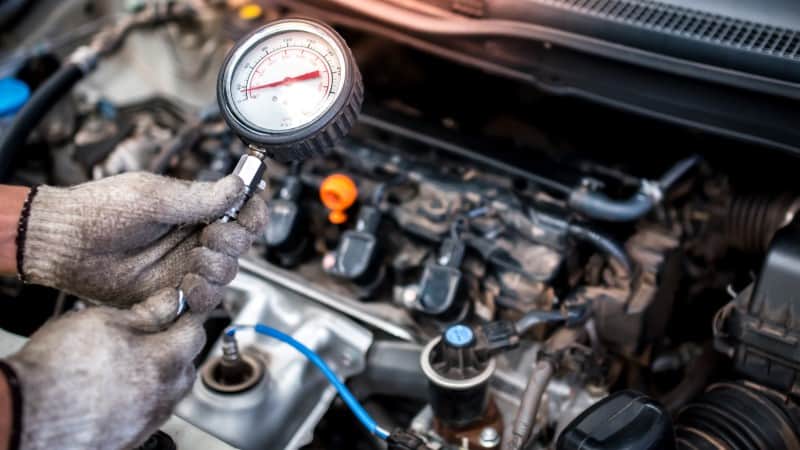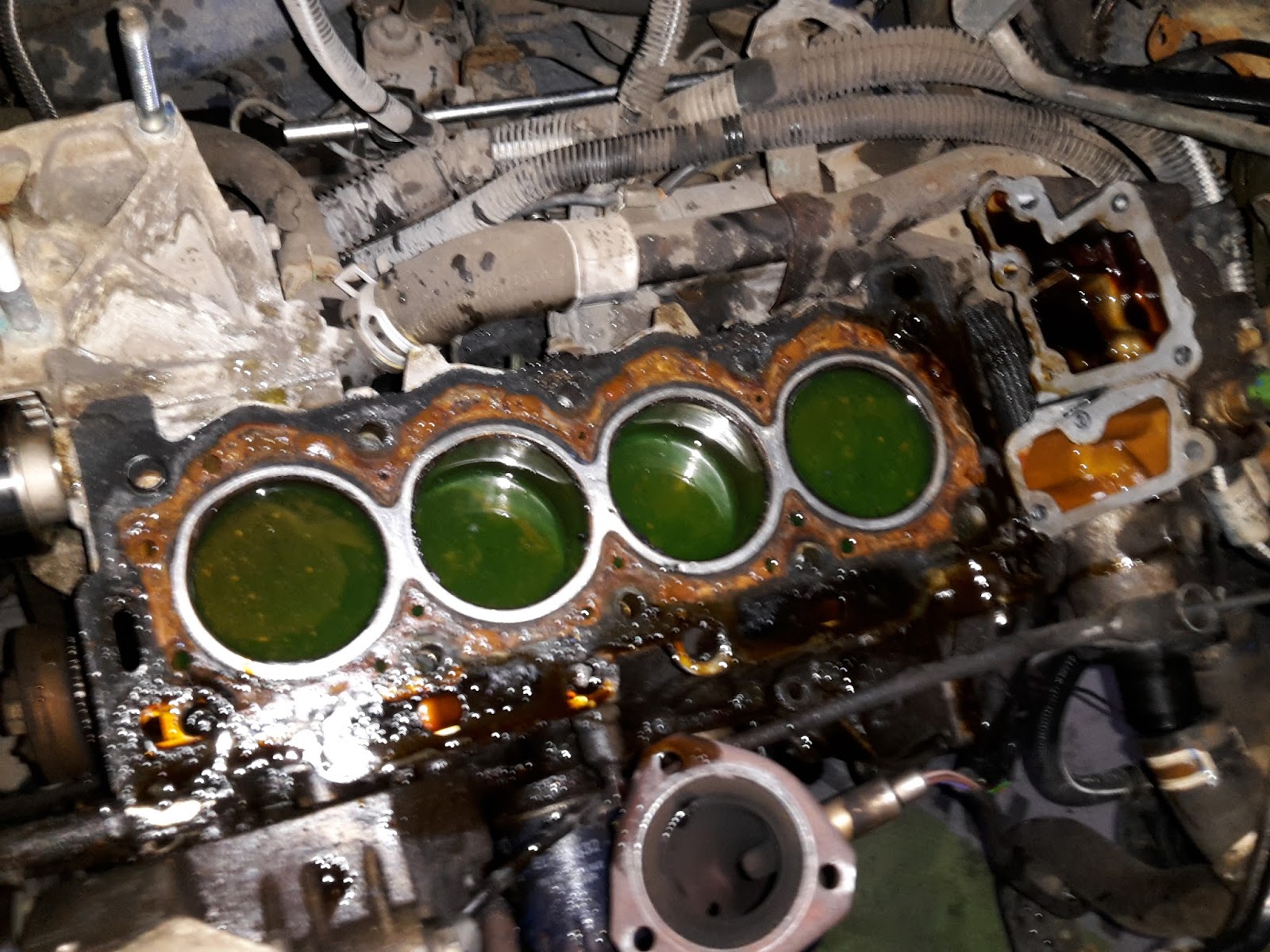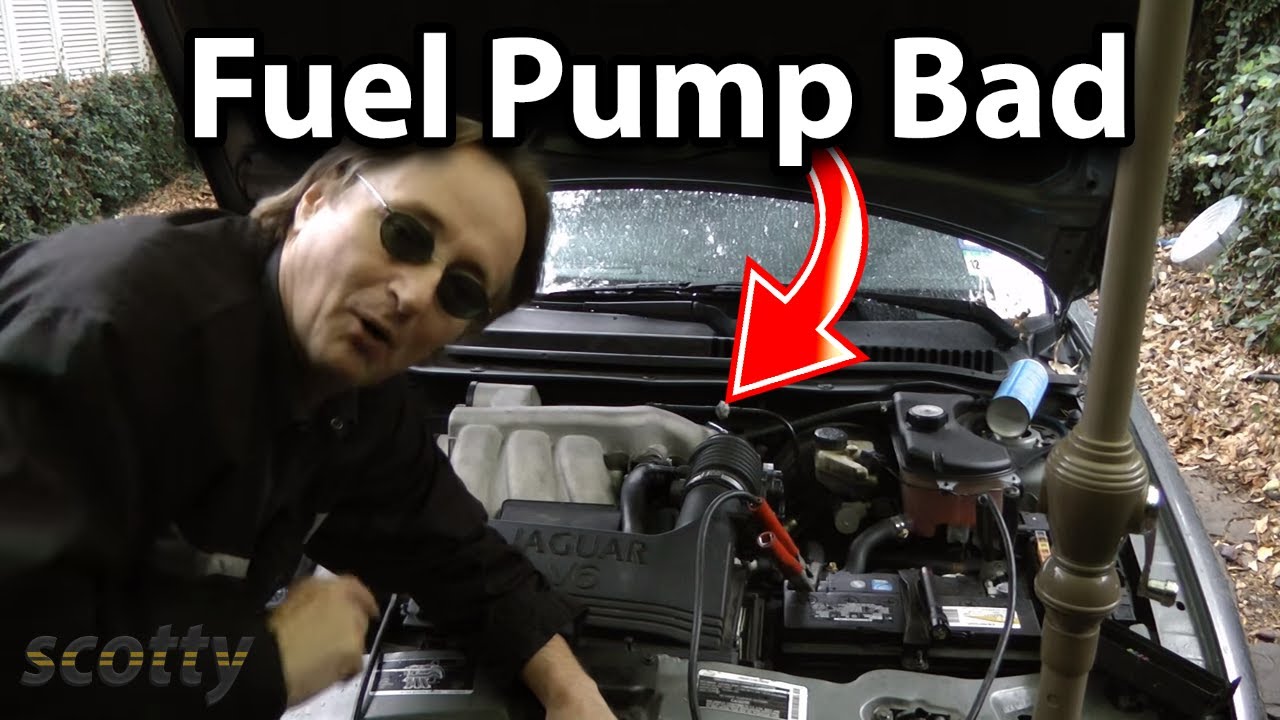The cylinder in your vehicle is an important part of the engine since it drives the engine and helps it run efficiently by participating in the combustion process.
If one of your car’s cylinders isn’t getting compression, misfiring and other problems could arise when you try to run the engine smoothly.
Why Does a Single Cylinder Not Experience Compression?

If your car’s engine is running on empty in one cylinder, it could be due to any of these issues.
Valve collapsed
The metal valve retainers, which resemble two halves of a moon, secure the valve in place by locking into the valve keepers.
These valve retainers can fail if there’s a flaw in them, allowing the valve to drop into the cylinder and make contact with the piston.
Valves seat dropped
The expansion rates of the metal valve seat and certain aluminum cylinder heads are not the same. If the metal valve seat isn’t perfectly sized for the cylinder head, it can fall out.
Because air will be able to escape through the valve’s port if this occurs, the cylinder will no longer be compressed.
Damage to the piston
Another possible cause of your car not having compression in one cylinder is damaged or defective piston rings. Pistons can be damaged by the high temperatures released by an engine’s combustion chamber.
When the piston is fully scorched, it will look like it has melted or a hole carved out of its top. Typically, this issue arises due to pre-ignition or detonation.
Leaky valve
It is intended for the valve head to form a seal with the valve seat. The valve’s head can drop into the cylinder if it breaks and isn’t properly aligned with the stem.
There will be catastrophic damage to the cylinder head and piston as a result of compression leaking out of the cylinder once the valve head drops into it.
How Do I Fix One Cylinder Not Compressing?

In case you’ve ever wanted to know the solution to the problem of one cylinder not having compression, here it is.
The first thing to do is use a compression gauge to check if one of the cylinders is not compressed. Make sure you have at least forty to forty-five minutes available because this test will take that long.
Check the cylinder, gasket, valves, and piston to see if any of them are damaged or broken once you’ve confirmed that one of the cylinders isn’t compressing. Please feel free to swap out any broken components that you may find.
Conclusion
It is now well-established that driving with no compression in one cylinder is not recommended due to the frequent engine misfire that results. Not fixing this right away could severely harm your car’s engine.




